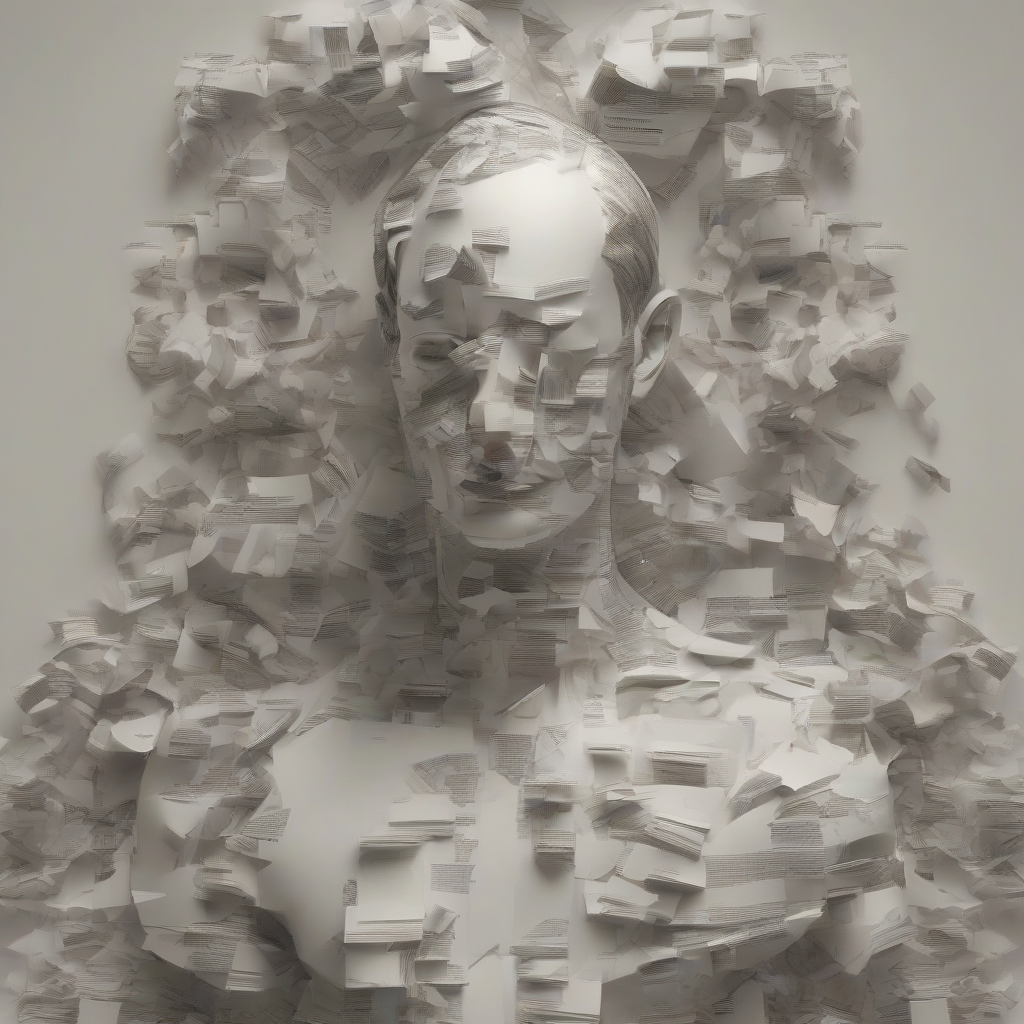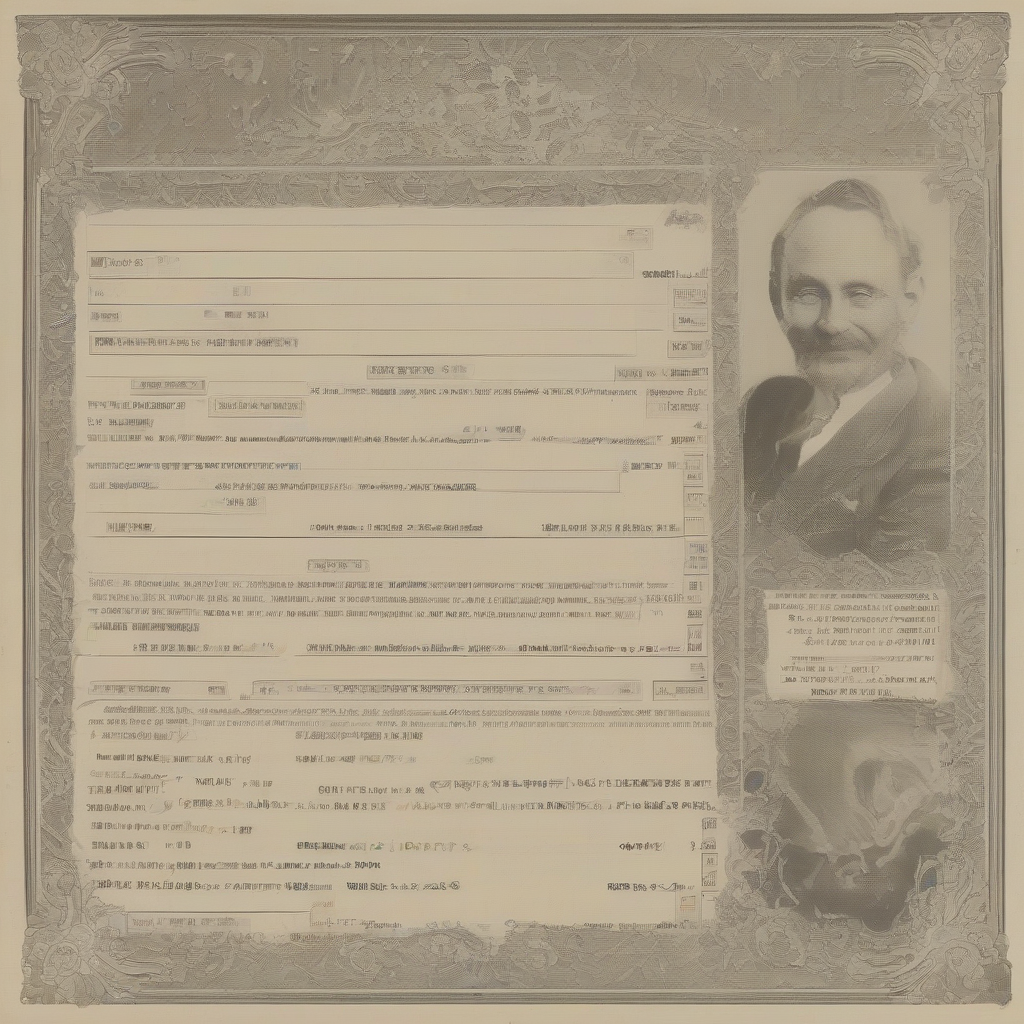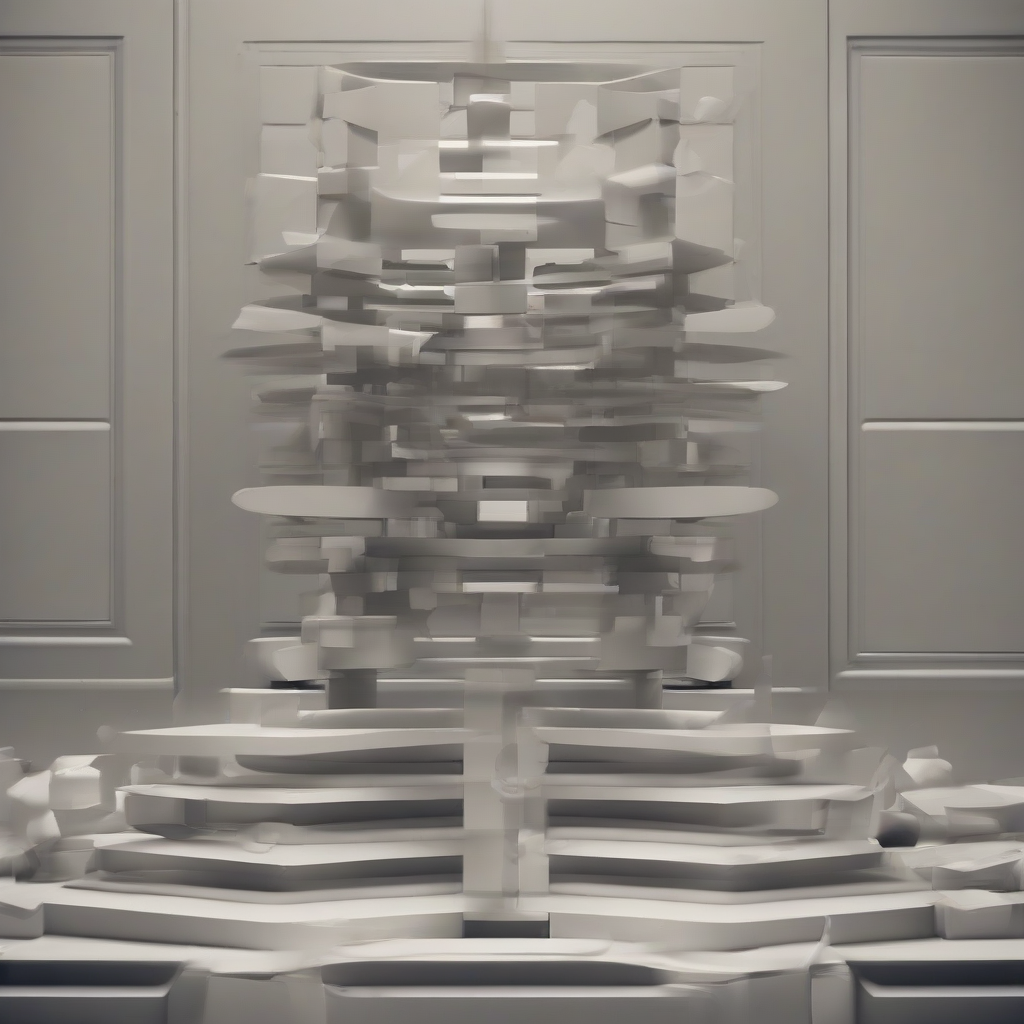Invest in Art: A Guide to Building a Lucrative and Inspiring Collection

Invest in Art: A Guide to Building a Lucrative and Inspiring Collection
The world of art offers more than just aesthetic beauty; it presents a unique opportunity for investment. Investing in art goes beyond simply acquiring a piece you admire – it involves understanding the market, exploring various art forms, and making informed choices that align with your financial goals and personal taste.
Why Invest in Art?
- Diversification: Art can serve as a valuable addition to a diversified investment portfolio. It provides a hedge against inflation and can offer returns that are not correlated with traditional asset classes like stocks and bonds.
- Potential for Appreciation: Artwork can appreciate in value over time, especially if it is by a renowned artist or belongs to a limited edition. Certain art forms, like vintage prints and contemporary pieces, have proven track records of substantial growth.
- Tax Benefits: In some jurisdictions, art investments can qualify for tax benefits. For instance, you might be able to deduct certain expenses related to your art collection or claim tax breaks on capital gains.
- Emotional and Aesthetic Value: Beyond financial returns, art investments offer intangible benefits. Owning art can enrich your life by adding beauty and culture to your home, sparking conversations, and providing a source of inspiration.
Understanding the Art Market
Navigating the art market requires a keen understanding of its nuances and dynamics. Here's a breakdown of key factors to consider:
1. Art Forms and Styles
- Painting: This encompasses a wide range of styles, from traditional oil paintings to modern abstract works. The choice depends on your personal preferences and market trends.
- Sculpture: Sculptures can be made from various materials like bronze, marble, or wood. They often command high prices due to their craftsmanship and historical significance.
- Photography: Contemporary and vintage photography has gained popularity as an investment option. The demand for limited-edition prints and works by renowned photographers is strong.
- Prints and Multiples: Prints offer a more accessible entry point for collectors. They are often available in limited editions, making them valuable collectibles.
- Digital Art: The emergence of NFTs (Non-Fungible Tokens) has brought digital art into the mainstream. These unique digital assets offer opportunities for investment and creative expression.
2. Art Market Trends
Stay informed about current market trends, emerging artists, and popular art forms. Market research and industry publications can provide valuable insights into the evolving landscape of art investments.
3. Art Galleries and Auction Houses
Galleries and auction houses play a crucial role in the art market. They provide a platform for artists to showcase their work, connect with buyers, and establish market prices.
4. Art Fairs and Events
- Art fairs offer a concentrated space to explore art from various galleries and artists. They provide opportunities for networking and spotting emerging trends.
- Art events like auctions, exhibitions, and artist talks offer valuable insights into the art world.
Investing in Art: A Step-by-Step Guide
Ready to dive into the world of art investment? Follow these steps to embark on your collection journey:
1. Define Your Investment Goals
- Financial Goals: Determine your investment horizon, risk tolerance, and expected returns. Are you looking for short-term gains or long-term appreciation?
- Aesthetic Preferences: Identify art forms and styles that resonate with you. Explore artists and movements that inspire you personally.
- Budget: Establish a realistic budget for your art acquisitions. Start with affordable pieces and gradually expand your collection.
2. Research and Educate Yourself
- Read Art Books and Magazines: Learn about art history, different movements, and prominent artists.
- Attend Art Exhibitions and Talks: Gain firsthand exposure to various artworks and interact with artists and experts.
- Consult Art Advisors: Consider hiring an art advisor to guide you in making informed purchases and building a well-balanced collection.
3. Build a Network of Connections
- Network with Artists: Attend art events, visit studios, and connect with artists directly.
- Connect with Gallery Owners and Curators: They can provide valuable insights into emerging artists and market trends.
- Join Art Communities: Engage with fellow collectors and enthusiasts online and in person to exchange knowledge and build relationships.
4. Start Small and Grow Gradually
- Begin with Affordable Pieces: Don't feel pressured to invest in high-priced artworks immediately. Start with accessible pieces that align with your budget and taste.
- Diversify Your Collection: Acquire artworks from different artists, styles, and periods to spread your risk.
- Don't Rush: Take your time to research, evaluate, and build your collection gradually.
5. Secure Your Investment
- Proper Storage: Protect your artwork from damage by storing it in a secure and climate-controlled environment.
- Insurance: Insure your art collection against loss or damage due to theft, fire, or natural disasters.
- Documentation: Keep meticulous records of your acquisitions, including invoices, provenance, and appraisals.
The Art of Selling
While art investments are often held for the long term, there are occasions when you may need to sell a piece. Here are key considerations:
1. Market Analysis
- Research Current Market Prices: Check auction records, art databases, and recent sales to determine the current market value of your artwork.
- Identify the Right Buyer: Consider your target audience – are you looking for a private collector, a gallery, or an auction house?
2. Choosing a Sales Platform
- Art Galleries: Work with galleries that specialize in the type of art you are selling.
- Auction Houses: Consider auctioning your artwork through reputable houses to reach a wider audience.
- Online Marketplaces: Explore online art platforms to connect with potential buyers.
3. Pricing and Negotiation
- Pricing Strategy: Set a realistic asking price based on market research and the artwork's condition.
- Negotiation: Be prepared to negotiate with potential buyers to reach a mutually agreeable price.
Conclusion
Investing in art offers a unique blend of financial and cultural rewards. By understanding the art market, researching thoroughly, and building a well-curated collection, you can create a valuable and inspiring investment portfolio that reflects your individual taste and financial goals.
What's Your Reaction?















